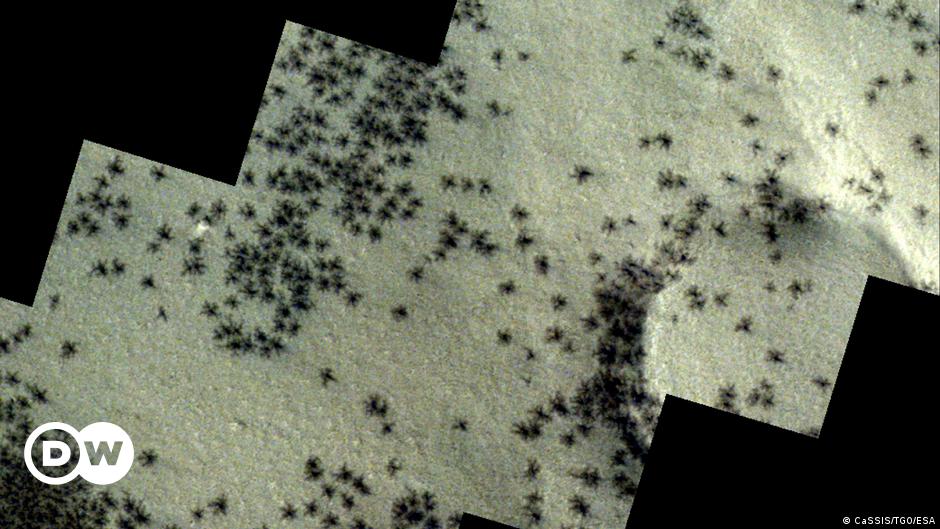With previously unpublished observations from the James Webb Space Telescope, an international team led by the University of Minnesota (USA) It found the smallest galaxy ever discovered at this distanceAbout 500 million years after the Big Bangas published in an article in the journal Sciences.
The study went more than 13 billion years into the past Discover a small, unique galaxy that is generating new stars at an extremely high rate for its size. This galaxy could help astronomers learn more about galaxies that existed shortly after the birth of the universe.
Researchers at the University of Minnesota were among the first teams to study a distant galaxy and so they used the James Webb Space Telescope. Their results will be among the first to be published.
“This galaxy is beyond the reach of all telescopes except James Webb.These first observations of a distant galaxy are amazing.” Patrick Kellylead author of the paper and assistant professor in the University of Minnesota College of Physics and Astronomy.
“Here we can see almost all the way to the Big Bang, and we’ve never seen galaxies when the universe was so young with this level of detail. The galaxy is about one-millionth the size of the Milky Way.But we can see that it continues to make the same number of stars every year.”
A telescope can see a wide enough field Visualize an entire galaxy cluster at once.
Researchers were able to find and study this new small galaxy thanks to a phenomenon called Gravitational lensing, where mass, such as the mass of a galaxy or cluster of galaxies, bends and magnifies light.
Lensing from a cluster of galaxies made this small background galaxy appear 20 times brighter than if the cluster were not magnifying its light.
The researchers also used spectroscopy to measure how far away the galaxy was, as well as some of its physical and chemical properties. Studying galaxies that existed when the universe was younger may help scientists move closer to answering a big astronomical question. How did the universe begin
“The galaxies that existed when the universe was in its infancy are very different from the ones we see now in the nearby universe.”shown Hayley Williams, first author of the paper and a PhD student at the Minnesota Institute of Astrophysics. “This discovery can help us learn more about the characteristics of those first galaxies, how they differed from the closest galaxies, and how the first galaxies formed,” he said.
James Webb can gather ten times more light than the Hubble Space Telescope It is more sensitive in the longer, red wavelengths of the infrared spectrum. According to the researchers, this allows scientists to access a whole new window of data.
“The James Webb Space Telescope has an amazing ability to see very far into the universe,” Williams noted, noting that: “This is one of the most exciting aspects of this job.. We’re seeing things that previous telescopes haven’t been able to capture. It’s basically getting a snapshot of our universe in its first 500 million years of life.”
Experts from the University of Cantabria, the University of the Basque Country and the University of Laguna collaborated on the research, as well as centers in Denmark, Italy, Israel, Japan and China.
In return, they received the support of the National Science Foundation and NASA through the Space Telescope Science Institute, and received additional funding from the US-Israel Bilateral Science Foundation and the Spanish government research agency.
Nation

:quality(80)/cloudfront-us-east-1.images.arcpublishing.com/lanacionar/QCTMLM74OJBDXKQW45B2FW2YLA.jpg)


:quality(85)/cloudfront-us-east-1.images.arcpublishing.com/infobae/76Q3V4IS6W7CAP5TT6MVJGCHMQ.jpg)
